One Microphone, Two IEMs – Antilon Audio Kimura Duo GDL-1200 Earphones with Professional Mic
Antilon Audio Kimura Duo is a 149 USD pair of professional IEMS or In-Ear Monitors with a professional microphone connected to the MMCX detachable cable, and a DD + BA driver design, a 2 meters long cable, 3.5mm single ended connector pair. Today we will review the Antilon Kimura Duo and see how they fit in the crowded audio space for a music lover, and someone who needs a quality mic.

Introduction
This is my first review exploring an Antilon Audio product, and quite frankly, the company impressed me so far. Although they focus on fairly affordable products, their microphones have a reputation for their sonic quality, reliability and nice design, with the Kimura Duo we’re reviewing today being pretty much the best and most complete product Antilon Audio has to offer to date.
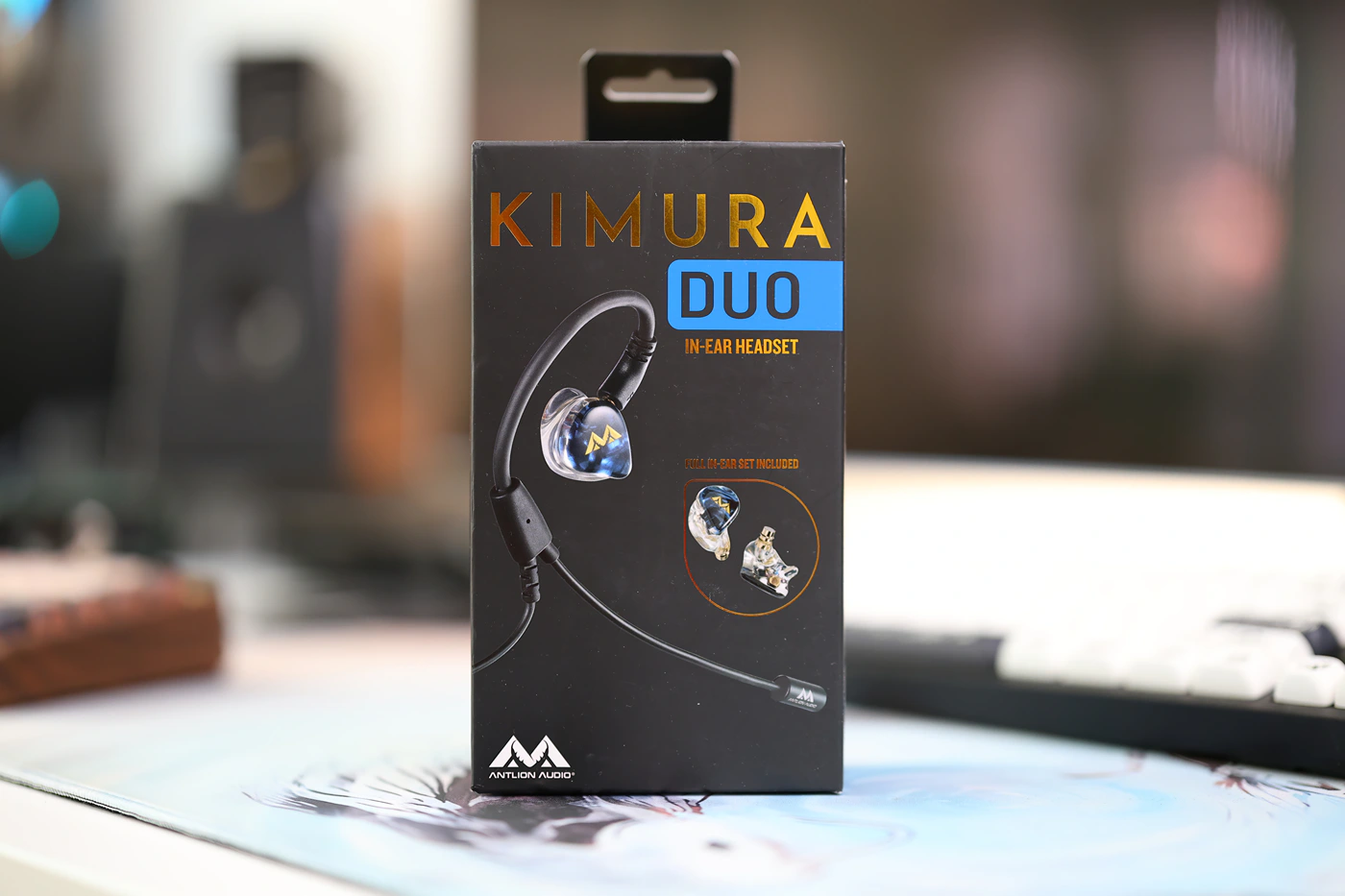
As an Amazon Influencer, I earn from qualifying purchases, and using the purchase links in my reviews helps me maintain this website and Youtube Channel. Huge thanks to Antilon Audio for providing us with the sample for this review.
Product Link
Amazon – https://amzn.to/43MKPBY
Build Quality / Aesthetics
Antilon Audio generally makes the cables and the microphones rather than the IEMs, so Kimura Duo has a fairly unique design for the company, yet they managed to pull it off quite nicely. Kimura Duo is basically a set of high quality IEMs, with a cable that has a microphone attached. The internal construction features one Dynamic Driver and one BA Balanced Armature. The color of the Kimura Duo is Blue, and they have a SKU Code of GDL-1200.
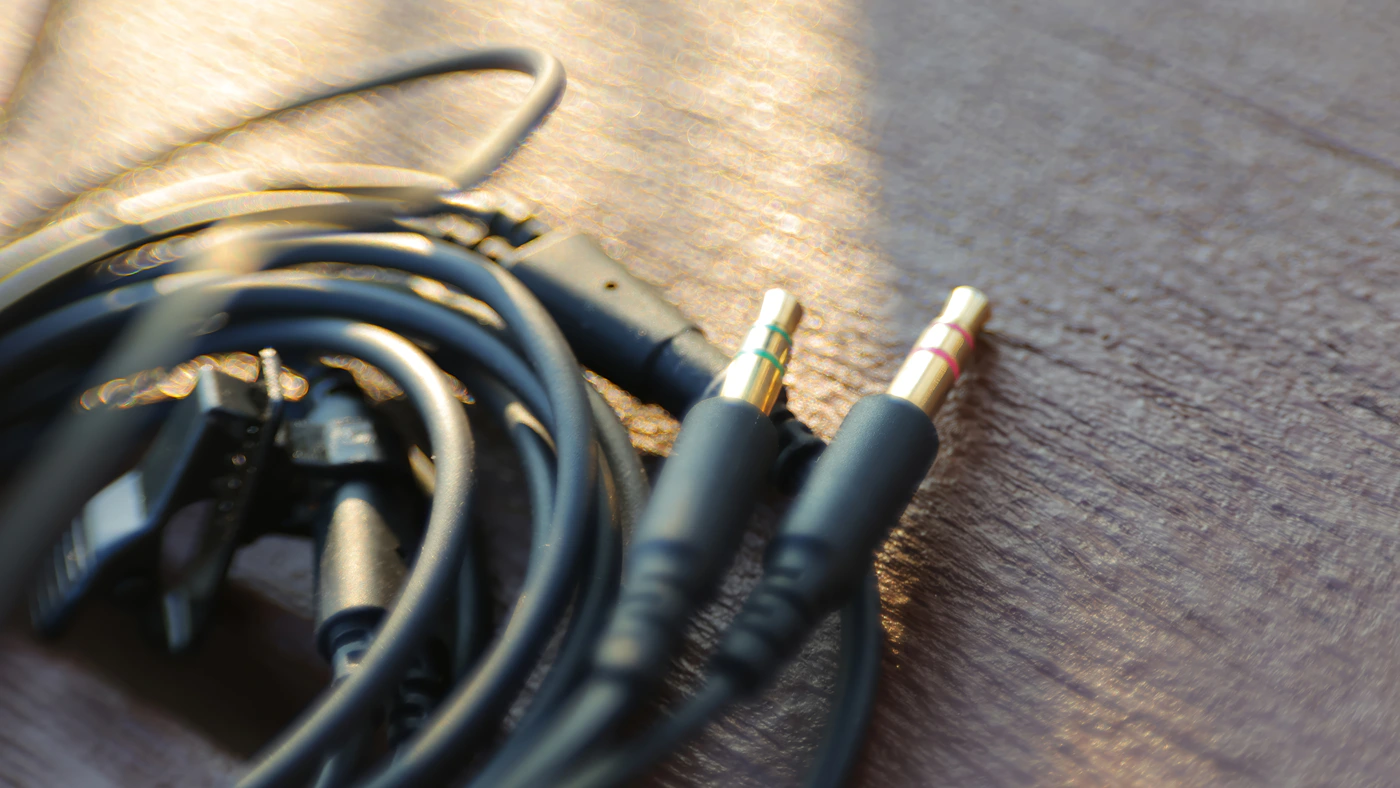
We get a longer cable than usual for IEMs, with a 2 meter cable length, and 3.5mm single ended connectors for both the IEMs and the microphone. Kimura Duo comes with a hardshell travel case, and they have a Y Adapter included in the package, with a high quality mic and MMCX connectors for the IEMs. Ideally, if you really wanted, you could keep using just the IEMs and ditch the microphone, but that would be silly as that mic is the best part of the Kimura Duo. While the information on the package is limited, I was able to find a bit of extra information about the internal construction of the Kimura Duo online.
- Shell – Polished resin shells with brass nozzle and decorative face plate
- IEM Cable – High purity copper conductor with integrated boom microphone
- Driver Units – One full-range dynamic driver + one balanced armature driver
- Frequency Response – 10 Hz–30 kHz
- Sensitivity – 125 dB (dB/Vrms)
- Impedance – 24 Ω
- Cable Connectors – Dual 3.5 mm TRS plugs to source + two MMCX plugs to IEMs
- Cable Length – 4 ft/1.2 m
- Warranty – Minimum two years
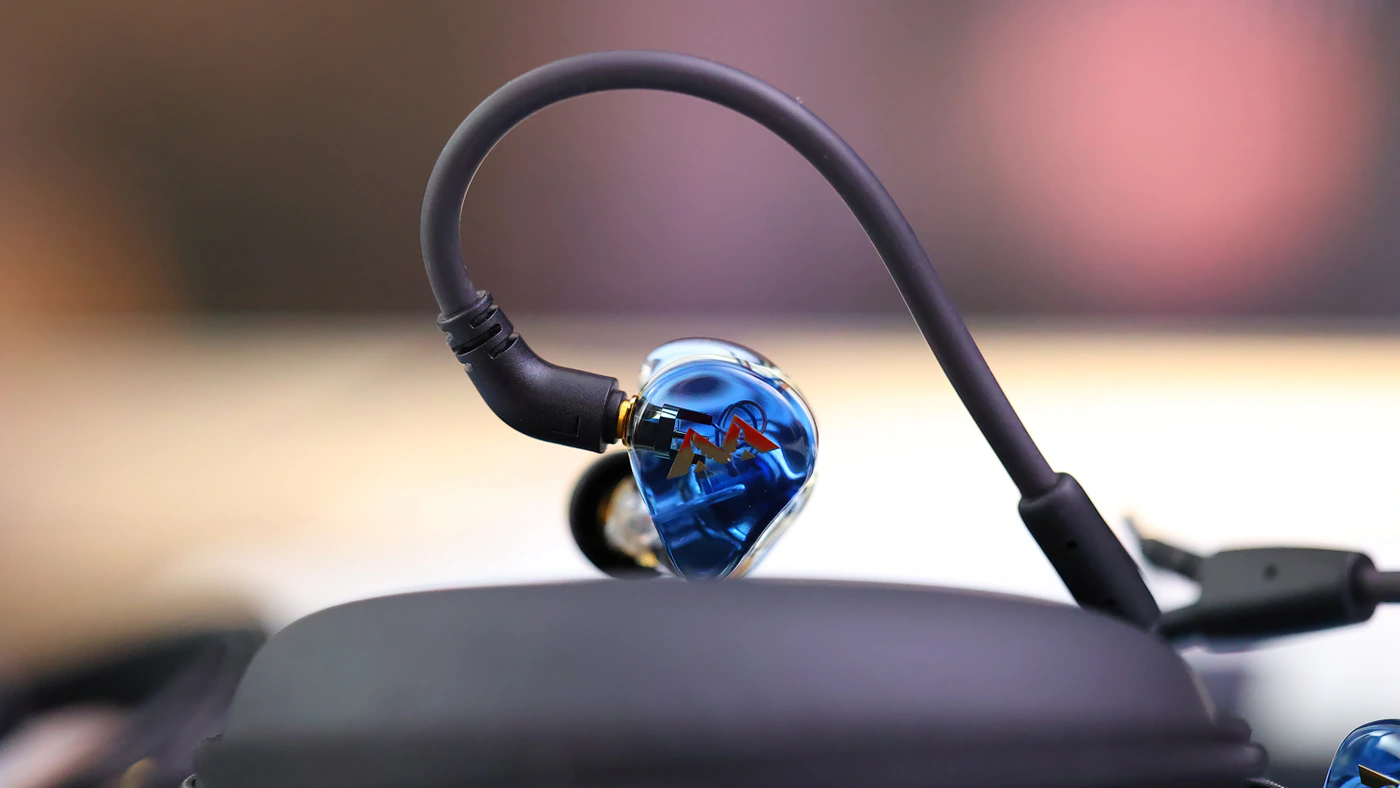
What is far more important is the Microphone Capuse Spec list, which includes
- Kimura Microphone Cable Microphone Pattern: Omni-Directional
- Frequency Response: 100Hz – 10kHz
- Sensitivity:-42±3 dB
- Impedance: 2.2(Max) kΩ
- S/N Ratio: 60(Min) dB
- Maximum Input Sound Pressure Level: 115(Max) dB
- Standard Operating Voltage: 2.0 Vdc
- Operating Voltage Range: 1.0~10 Vdc
Fit / Subjective Usage
Using the Kimura Duo is quite easy and fun, with a few minor notes. The IEMS have a very strong passive noise isolation, which is great, especially if you were to use them for gaming, so you won’t hear any ambient noise, or if you work in a call center, because you can keep the volume low and still hear the person on the other end clearly.
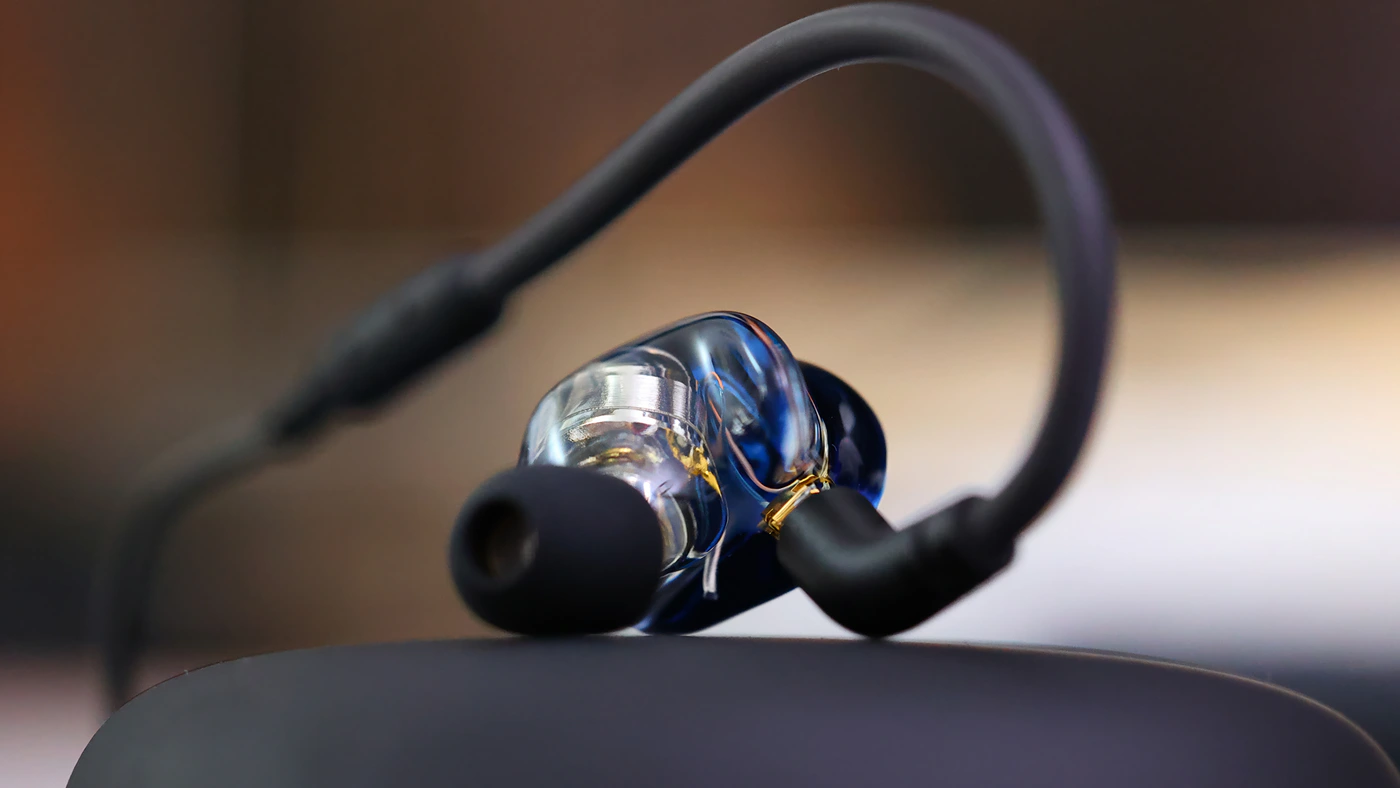
This does mean that there is both void and driver flex, as Kimura Duo has no venting. The cable has a hard coiling around my ear, which is not comfortable and takes a long time to get used to, plus the cable conducts quite a bit of microphonic and handling noise. Despite the low impedance, Kimura Duo is not sensitive to hissing and source noise and they stay quite clean and crisp.
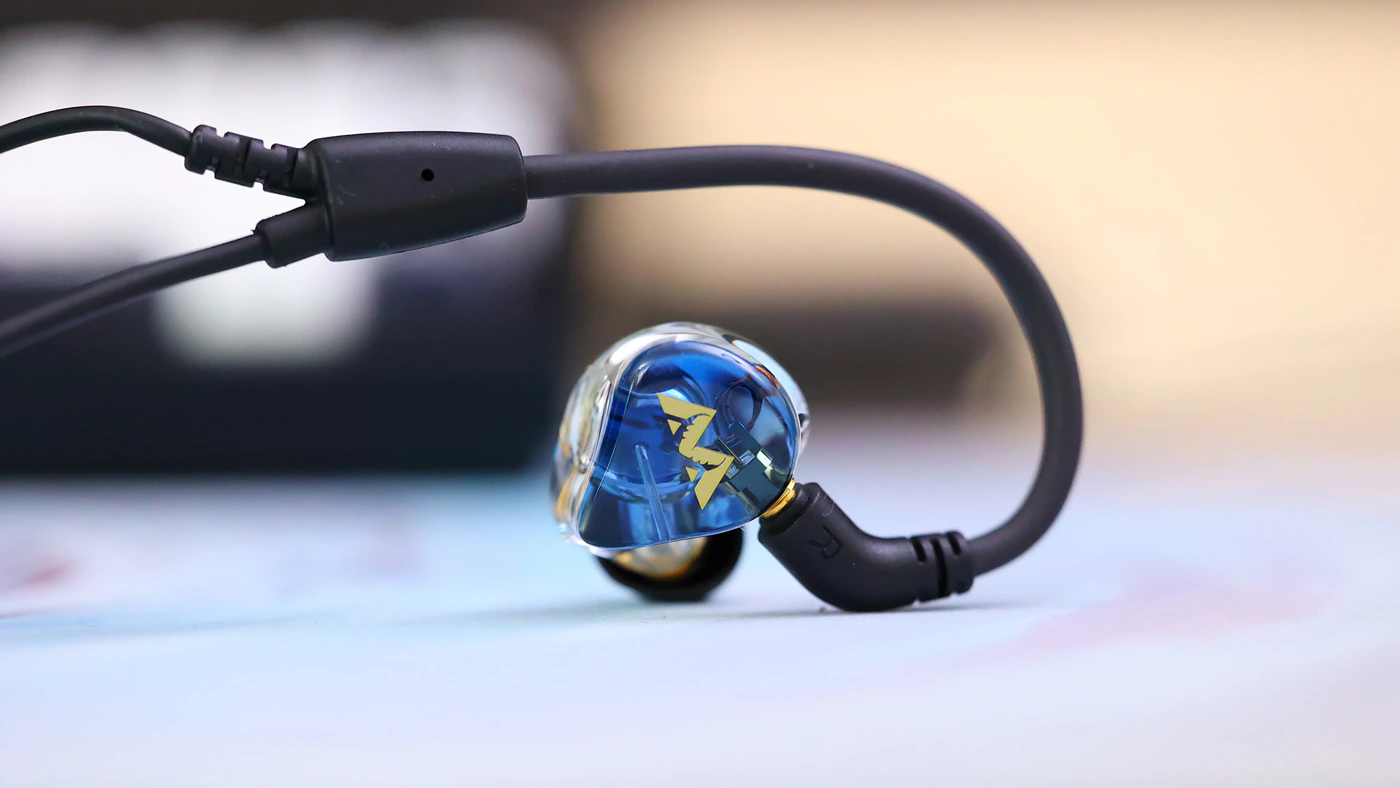
The pair I have has an intermittent signal on the left earpiece when the MMCX connector is not aligned properly, which can be quite annoying and complicated to deal with as this is a known problem with MMCX connectors. Microphone connector needs a sound card that has a mic input, it is not USB and even if you’re using the Y Adapter, it mostly can work with sound cards and very old smartphones.
Sound Quality
Pairings – To drive the Kimura Duo I’ve used a selection of sources including Rose Technics RT-5000 DAC / Headphone AMP, Shanling EH1, Shanling EH2, TempoTec V3 Blaze, Dethonray Listening M1, Dethonray Clarinet, and FiiO K17. Kimura Duo is very hard to drive for a pair of IEMs, eats a ton of power, but is not sensitive to source noise and hissing, so it is easy to combine with most sound cards, laptops, and computers.
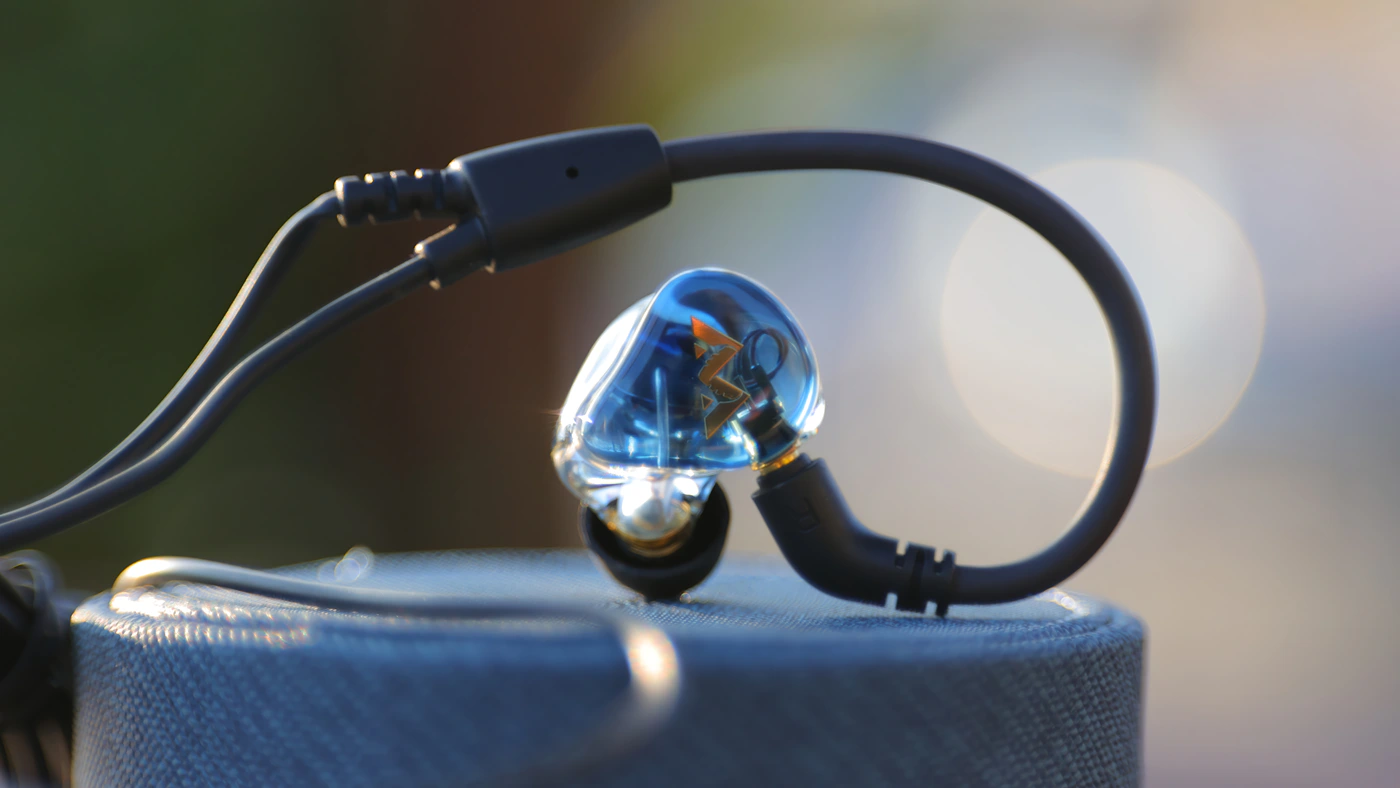
Overall Signature – The sound of the IEMs can be described as V-Shaped, with a fairly thick bass, very sharp and shiny treble, and with a slightly recessed midrange that’s clean and is distinctively detailed.
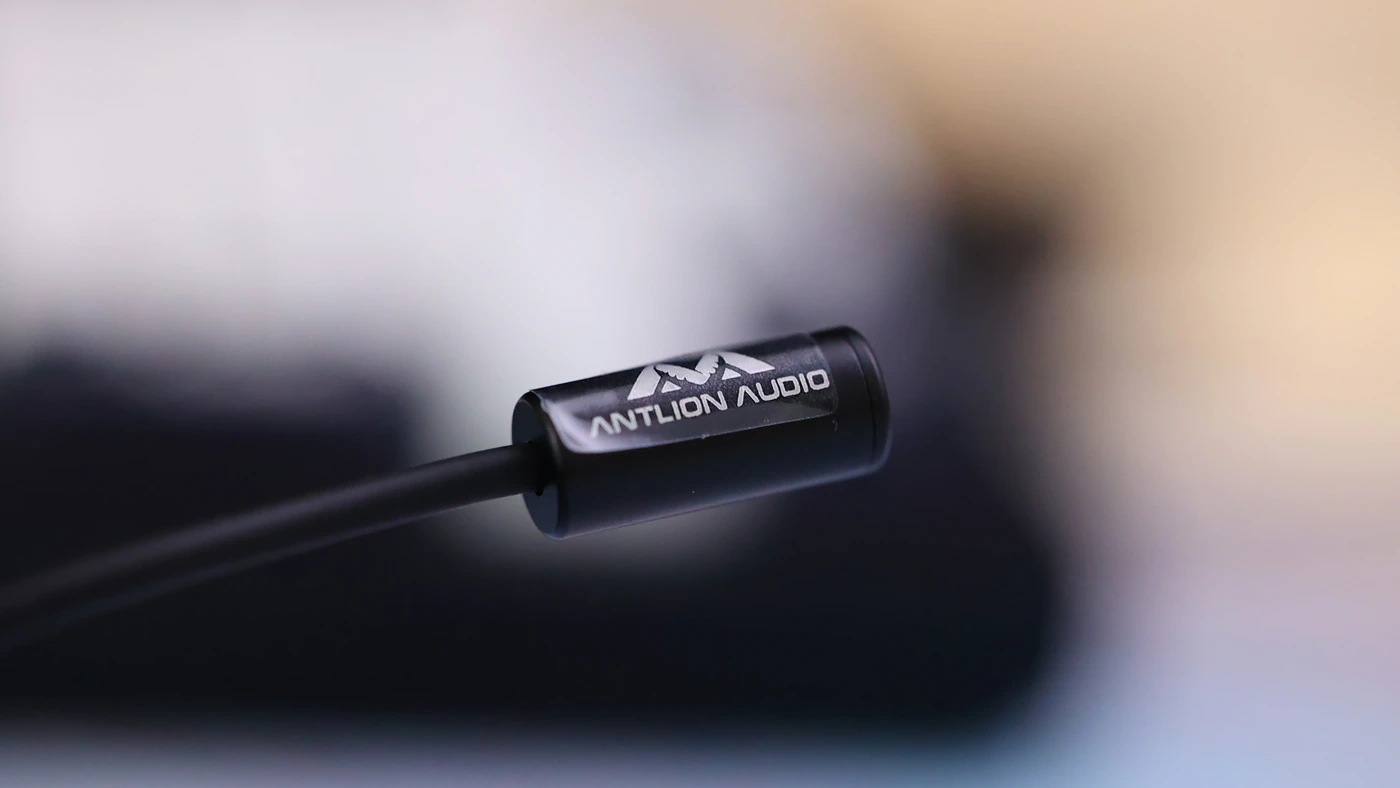
Bass – Starting from the bottom end, the bass starts to really take shape around 35 Hz, with a fairly strong presence between 50 Hz and 90 Hz, after which it slowly falls off in presence and strength, resulting in a non boomy, non veiled sound, but this recess continues to the midrange.
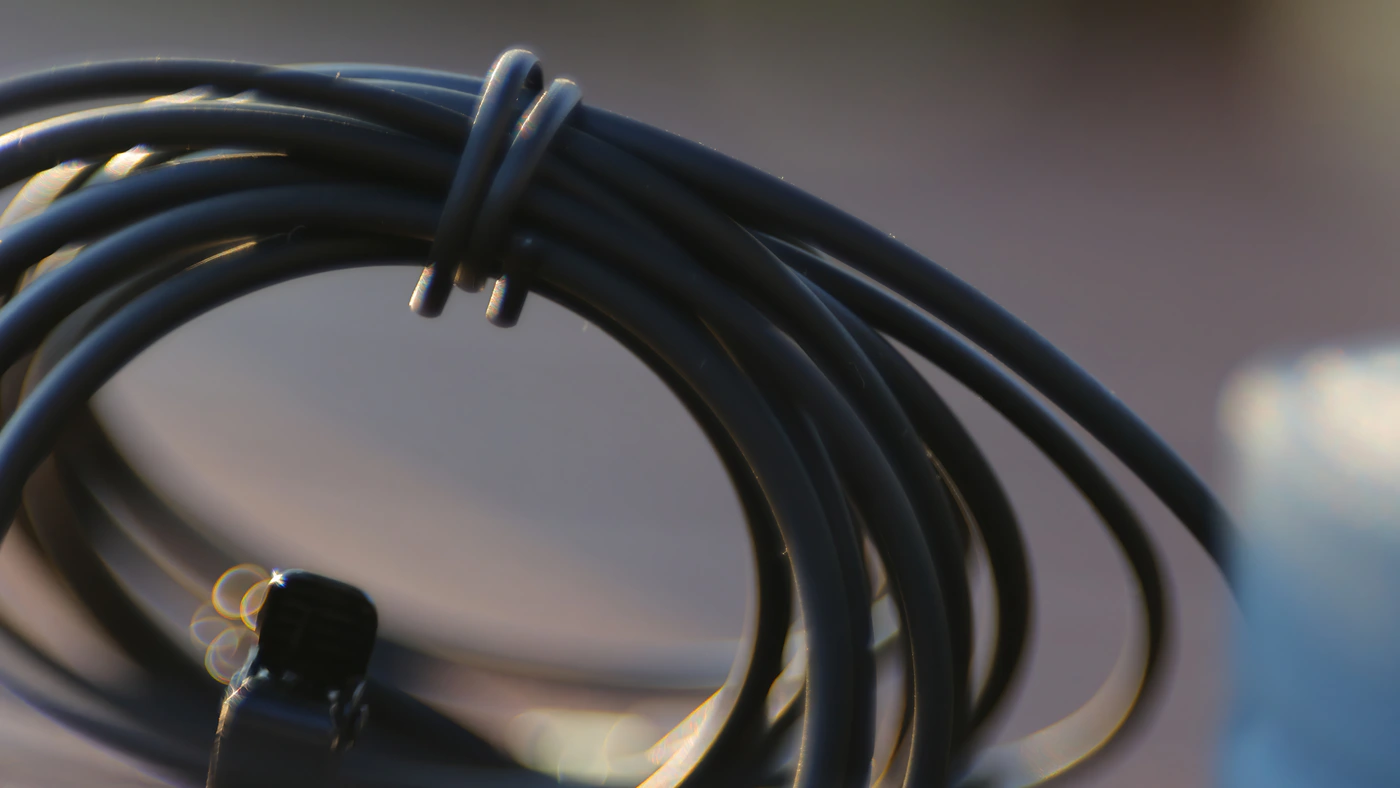
Midrange – Indeed, the mids are fairly recessed, but this results in a wide and holographic soundstage too, with a large width. Male and female voices have the same tonality and presence, same strength, and both are recessed slightly behind the bass and the treble. Maximum volume achievable is slightly limited, and you really cannot go above 105 dB without the sound clipping. This being said, you’re likely to stay below, there’s lots of details, clarity and the best performance can be found from low to upper medium volumes. At very loud volumes, the sound gets a bit hard and edgy.
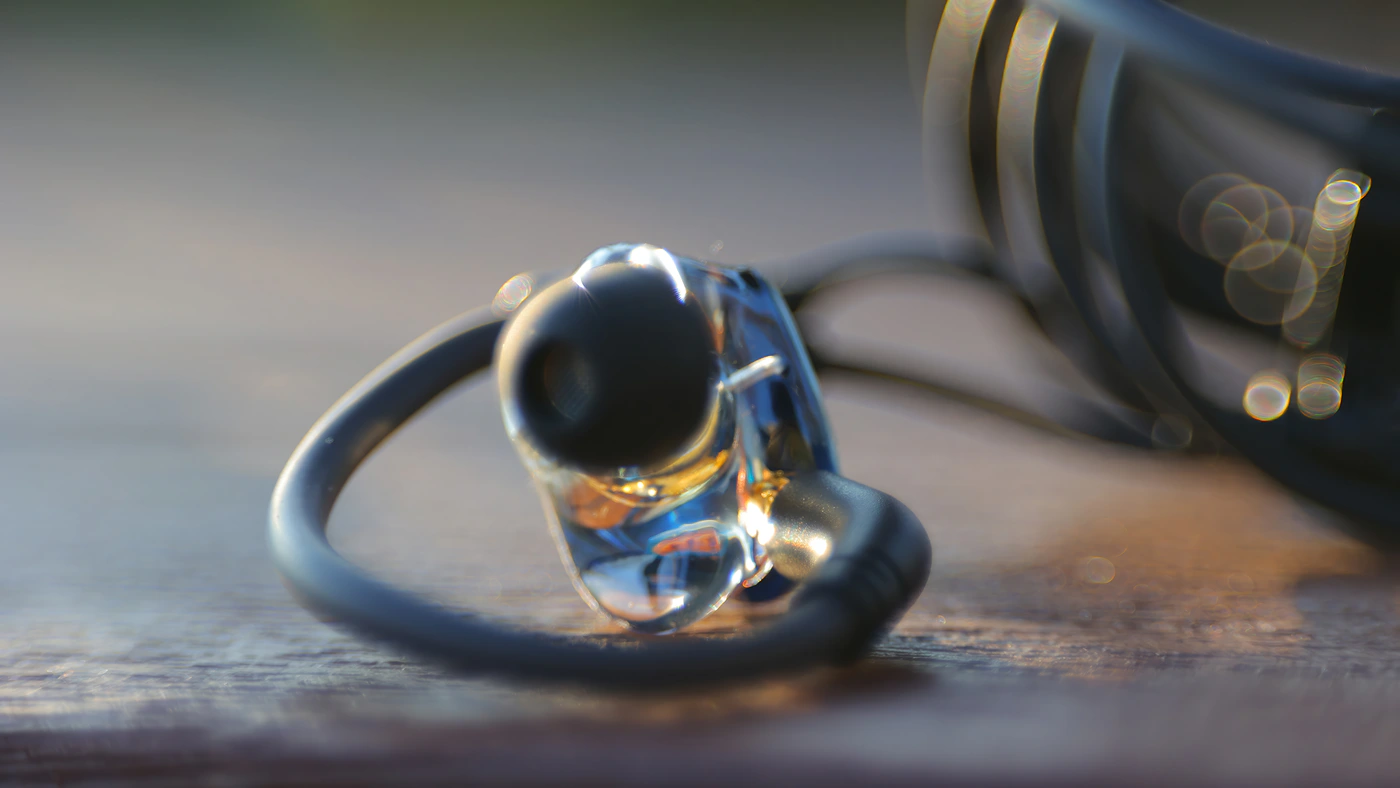
Treble – A Shiny, sharp treble gives music brilliance and strength, detail and contrast. The treble extends up to 17 kHz, and the peak is around 12 10 kHz.
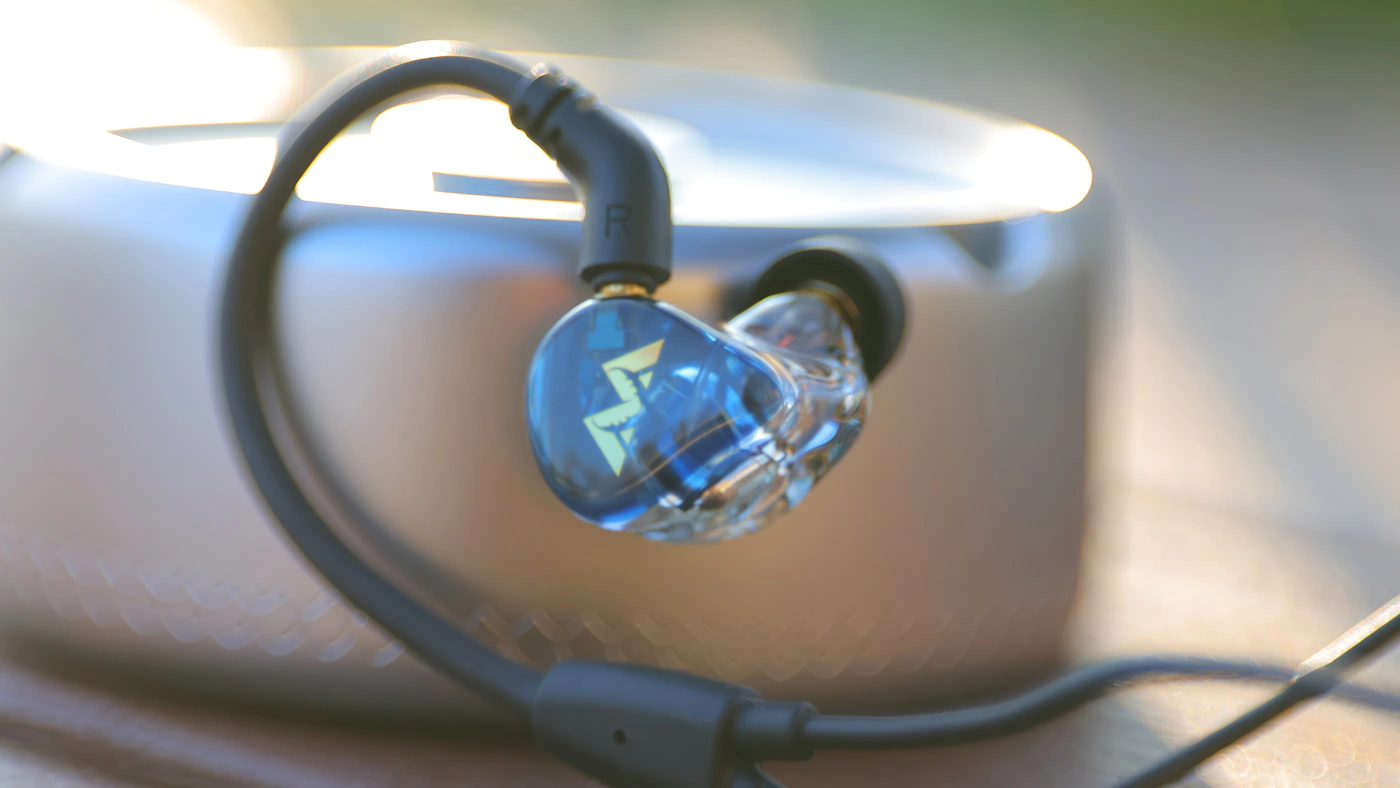
Microphone Quality – The most important part of the Kimura Duo is the microphone, which sounds really clean and detailed, and can withstand both natural voicing and screaming. Thanks to the design, it is not very sensitive to room noise and does not pick up on the echo of my room too easily, although it does have the disadvantage of easily picking up breathing noise. You can place it slightly above your mouth to remove some of this noise. All in all, it is one of the cleanest, most natural sounding microphones in the price range, but the final result depends a lot on the source, like the sound card and laptop / PC used.
Value and Conclusion
Kimura Duo is far more affordable and less pricey than most IEMS on the market that offer a similar sonic quality, but it is held back by the most important part of the design, the cable and the microphone. Ideally, I would give the value a top rating, but it is above top rating, as long as you can put up with the hard cables that go around the ears, and the two 3.5mm connectors, Kimura Duo is basically one of the best, if not the best IEMs for gaming, streaming, conferences and other applications where the microphone would come in handy.

At the end of the day, Antilon Audio created not just a really good microphone, but also an excellent sounding pair of IEMs, and priced them far below the market, offering us the kind of setup we never really knew we needed.

PROs
- Really good sonic performance for the IEMs
- Full Bass, Sharp and shiny treble
- Nice soundstage
- Excellent microphone quality, very clean and crisp voicing
- Superb price / performance ratio
Cons
- Void and Driver Flex
- Longer than usual cable for IEMs
- Uncomfortable ear guides
- 3.5mm connectors only supported on certain sound cards and laptops
Product Link
Amazon – https://amzn.to/43MKPBY
--- Please remember to stay safe, and always have fun while listening to music!---
- If you have a dime to spare, please donate, and help us! It would make the day brighter for me and my wife-
Full Playlist used for this review
We listened to more songs than those named in this playlist, but those are excellent for identifying a sonic signature. I recommend trying most of the songs from this playlist, especially if you’re searching for new music! The playlists are different for Spotify, Tidal and Youtube, and based on the songs I enjoy and are available on each!
https://www.youtube.com/playlist?list=PL_cjBXGmwSHSdGcwuc_bKbBDGHL4QvYBu
https://open.spotify.com/playlist/5J3oloz8Riy9LxEGenOjQ0?si=979ba4f082414be7
https://tidal.com/browse/playlist/330fd544-8e5b-4839-bd35-676b2edbb3d5
--- Contact Us ---





